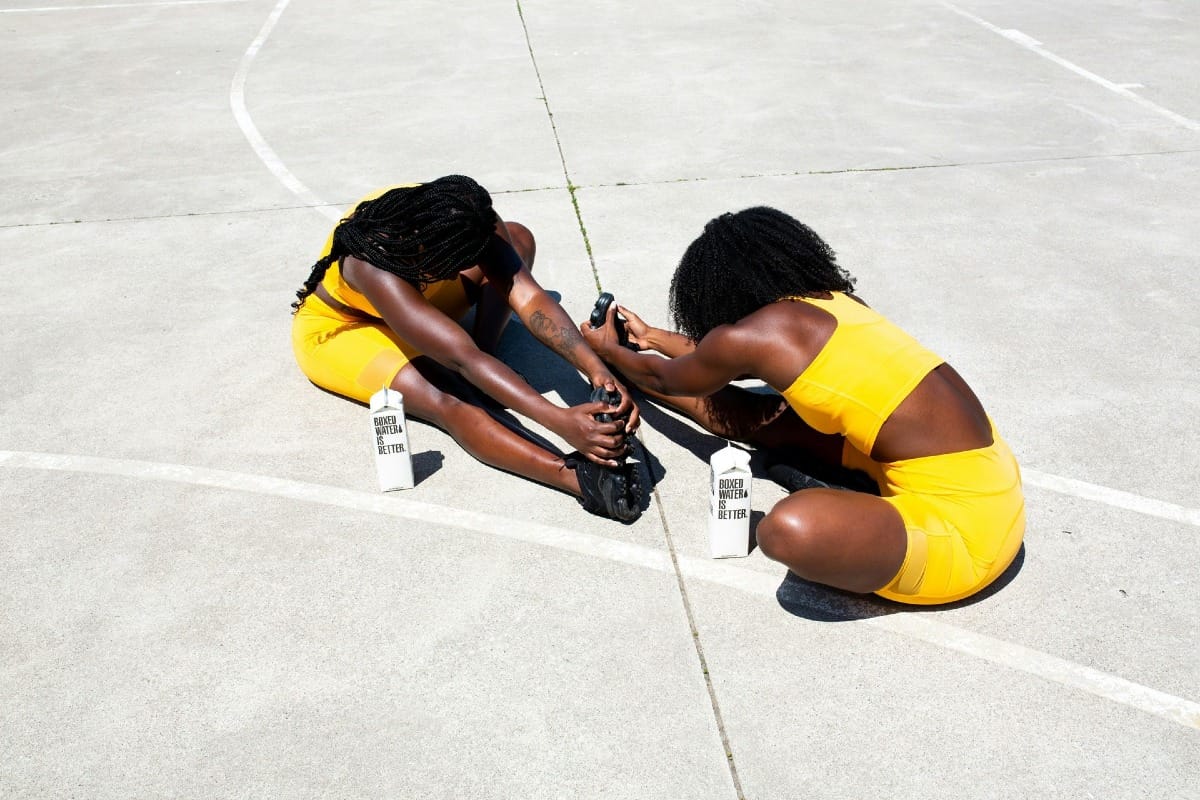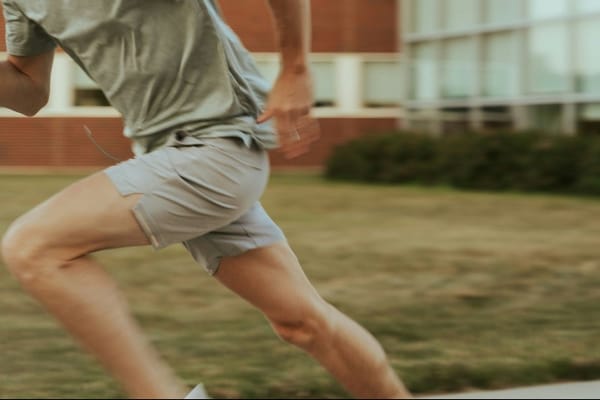Have you ever woken up the day after a tough workout feeling like your muscles are on fire? That sensation, known as delayed onset muscle soreness (DOMS), is a common experience for many fitness enthusiasts and newcomers alike. But when your muscles are crying out in protest, should you push through the pain and hit the gym again, or give yourself a break? This article will explore the ins and outs of exercising with sore muscles, helping you make informed decisions about your workout routine.
Key Takeaways:
- Light exercise can be beneficial when muscles are sore, promoting blood flow and recovery.
- Avoid intense workouts targeting the same muscle groups that are already sore.
- Listen to your body - sharp or intense pain may indicate injury and requires rest.
- Proper nutrition, hydration, and sleep are crucial for muscle recovery.
- Gradually increase workout intensity to minimize severe muscle soreness.
Understanding Muscle Soreness
Muscle soreness, particularly delayed onset muscle soreness (DOMS), is a common phenomenon experienced by many after engaging in physical activity. It typically sets in 24 to 48 hours after exercise and can last for several days[1]. This soreness is often a sign that your muscles are adapting to new or increased demands, which is a normal part of the fitness journey.
What Causes Muscle Soreness?
Contrary to popular belief, muscle soreness isn't caused by lactic acid buildup. Instead, it's the result of microscopic tears in muscle fibers that occur during exercise, especially when you're doing new or more intense workouts[1]. This damage triggers an inflammatory response in the body, leading to the familiar ache we associate with a good workout.
The Debate: Rest vs. Exercise
When faced with sore muscles, many people wonder whether they should continue their exercise routine or take a break. The answer isn't always straightforward and depends on several factors.
The Case for Light Exercise
Engaging in light exercise when your muscles are sore can actually be beneficial. This approach, known as active recovery, can help alleviate muscle soreness and stiffness[4]. Light activities like walking, swimming, or gentle yoga can increase blood flow to the sore muscles, potentially speeding up the recovery process[2].
When to Rest
While light exercise can be helpful, there are times when rest is the better option. If you're experiencing sharp or intense pain, rather than general soreness, it's crucial to give your body time to heal[3]. Overtraining can lead to muscle damage or injury, so it's essential to listen to your body and recognize when you need a break[2].
Strategies for Working Out with Sore Muscles
If you decide to exercise despite muscle soreness, here are some strategies to consider:
- Focus on Different Muscle Groups: If your legs are sore from yesterday's squat session, consider working on upper body exercises instead[3].
- Reduce Intensity: Lower the weight, reps, or duration of your workout to avoid overstraining already sore muscles[2].
- Incorporate Active Recovery: Activities like swimming, yoga, or light cycling can help promote blood flow without putting too much stress on sore muscles[4].
- Warm Up Properly: A good warm-up can help loosen tight muscles and prepare your body for exercise[3].
- Use Proper Form: Maintaining correct form is always important, but it's especially crucial when your muscles are sore to prevent further strain or injury[5].
The Importance of Recovery
Whether you choose to work out or rest when sore, recovery should be a key part of your fitness routine. Here are some recovery strategies to consider:
Nutrition and Hydration
Proper nutrition plays a vital role in muscle recovery. Ensure you're getting enough protein to support muscle repair, and stay well-hydrated to help flush out toxins and reduce inflammation[5].
Sleep
Quality sleep is crucial for muscle recovery. During deep sleep, your body releases growth hormone, which aids in muscle repair and growth[5].
Stretching and Foam Rolling
Gentle stretching and foam rolling can help alleviate muscle tension and promote flexibility. However, be careful not to overdo it when your muscles are particularly sore[4].
Preventing Severe Muscle Soreness
While some degree of muscle soreness is normal, especially when starting a new exercise routine or increasing intensity, there are ways to minimize severe soreness:
- Gradual Progression: Slowly increase the intensity and duration of your workouts over time to allow your muscles to adapt[1].
- Proper Warm-Up and Cool-Down: These practices can help prepare your muscles for exercise and aid in recovery afterward[3].
- Stay Consistent: Regular exercise can lead to less severe muscle soreness over time as your body becomes accustomed to the activity[3].
When to Seek Medical Advice
While muscle soreness is generally harmless, there are instances when you should consult a healthcare professional:
- If the pain is sharp, intense, or doesn't improve after several days
- If you experience severe swelling or redness
- If you have difficulty moving the affected limb
- If you notice signs of infection, such as fever or chills[5]
Conclusion
The decision to work out when your muscles are sore ultimately depends on the severity of the soreness and your individual fitness goals. Light exercise can often be beneficial, promoting blood flow and aiding recovery. However, it's crucial to listen to your body and give yourself adequate rest when needed.
Remember, muscle soreness is a normal part of the fitness journey, signaling that your body is adapting and growing stronger. By incorporating proper recovery strategies and gradually increasing your workout intensity, you can minimize severe soreness and continue making progress towards your fitness goals.
Whether you choose to push through the soreness or take a rest day, the most important thing is to maintain a consistent, sustainable approach to exercise that works for you in the long term. After all, fitness is a marathon, not a sprint!
Citations:
[1] https://www.medicalnewstoday.com/articles/326892
[3] https://www.webmd.com/fitness-exercise/what-to-know-active-recovery-workouts
[4] https://www.orlandohealth.com/content-hub/should-i-still-work-out-when-im-sore/
[5] https://hydrow.com/blog/is-it-okay-to-exercise-with-sore-muscles/














Member discussion